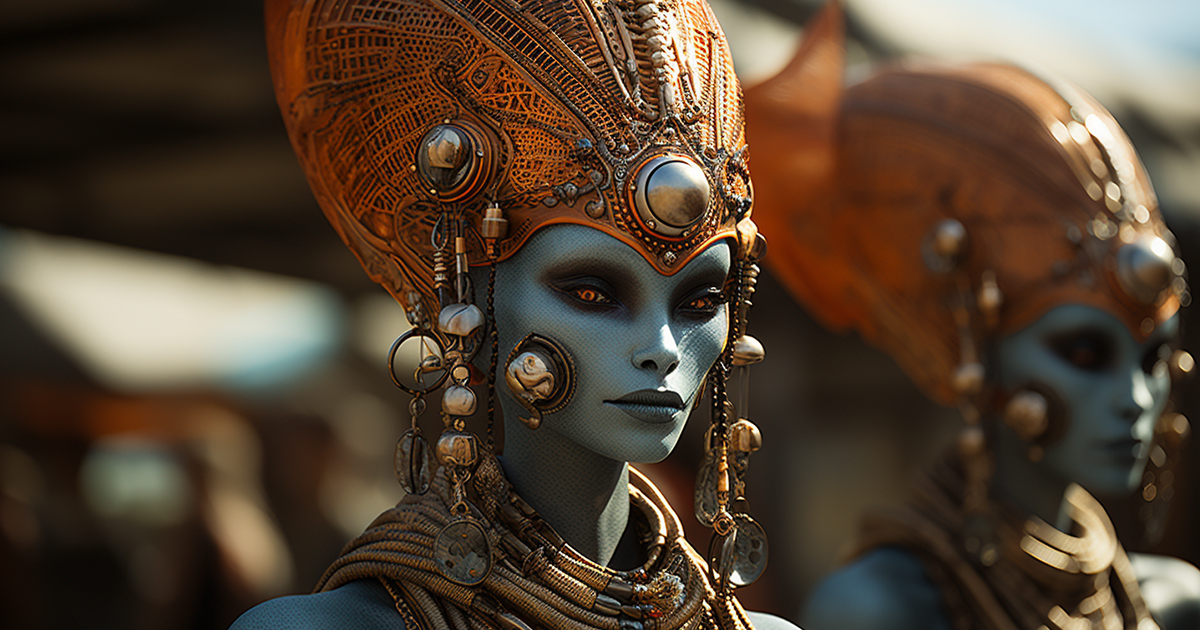Setting the Stage:
Buried within the enigmatic vistas of Western Europe are over 10,000 upright stones known as menhirs, a source of fascination for archaeologists and historians. These ancient structures, veiled in mystery, have puzzled generations. Amid these enigmas, the island of Sardinia, a picturesque gem in Italy, guards a captivating secret. In the 13th installment of “Ancient Aliens,” renowned ancient astronaut theorist Giorgio Tsoukalos embarks on a quest to decode the untold tales hidden within Sardinia’s menhirs. Armed with profound insights and insatiable curiosity, Tsoukalos partners with intrepid treasure hunter Marty Lagina from Oak Island to uncover the mysteries harbored by these ancient monoliths.
A Voyage through Sardinia’s History:
In their quest for knowledge, Tsoukalos and Lagina rendezvous with the erudite archaeological guide Ivana Malu at the menhir museum in Laconi. As they observe the intricate carvings, a profound realization dawns. Malu directs their gaze to a peculiar circle featuring a spear-like figure, a peculiar anomaly igniting a lively discussion. Tsoukalos, known for his probing intellect, ponders the symbolism while Lagina remains perplexed by the cryptic imagery. Together, the trio plunges into the depths of time, exploring hypotheses that these artistic renditions might unlock the secrets of Sardinia’s rich past.

Deciphering the Enigmas:
The intricate designs on the menhirs portray scenes that defy conventional interpretation. Leveraging her expertise, Malu proposes a thought-provoking analysis: a figure descending, as if embarking on a journey to another realm. This evocative imagery sparks Tsoukalos’ imagination, leading him to posit a bold yet captivating theory – that these stone etchings may not represent mere mortals but beings descending from the skies. Drawing parallels to ancient lore, Tsoukalos identifies them as the biblical “watchers,” celestial entities who defied divine norms to engage with humanity.
Unraveling the Nephilim Mystery:
Tsoukalos’ bold assertion unveils a compelling link to the Nephilim – the legendary giants of yore. Drawing from ancient texts, including the apocryphal Books of Enoch, the narrative unfolds. These Watchers, once revered guardians, yielded to earthly temptations and mingled with human women, birthing the Nephilim. Rabbi Ariel Bar Tzadok elaborates on the chaos wrought by these mighty beings on Earth, leading to divine intervention in the form of the Great Flood. While scriptures imply Noah and his kin as sole survivors, whispers of other remnants persist in folklore.
The Alien Thesis:
Fascinatingly, the saga of the Nephilim takes a surprising turn as it intersects with the notion of extraterrestrial involvement. Pioneering ancient astronaut theorists like Jason Martell posit a daring theory – that the Nephilim were genetic hybrids, blending human and extraterrestrial traits. The narrative extends past the Great Flood, suggesting these part-celestial, part-terrestrial entities sought sanctuary in various corners of the globe, possibly even Sardinia.
Sardinia: A Refuge for Titans?
As the tale unfolds, Sardinia emerges as a potential haven for the Nephilim. The ornate menhirs, adorned with intricate carvings, offer a tantalizing peek into the prospect that the island once hosted visitors from other realms. Were these visitors angels or extraterrestrial entities, journeying in advanced spacecraft from distant galaxies to sire a race of giants? Tsoukalos and his associates challenge conventional wisdom, beckoning us to explore the realms of the unexplored.
Visual Content:
Closing Thoughts:
The odyssey through Sardinia’s menhirs is a sojourn into the labyrinthine corridors of bygone eras, where history melds seamlessly with the extraordinary. Guided by Giorgio Tsoukalos’ daring conjectures and Marty Lagina’s unwavering resolve, we embark on a mental expedition, uncovering intriguing links between ancient manuscripts, celestial entities, and the legacy of the Nephilim. As the enigma of Sardinia’s menhirs endures, we are urged to probe deeper into historical archives, embracing the notion that our comprehension of the past may be as extraordinary as the narratives that shape it.
